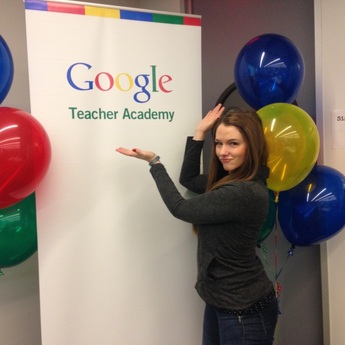 Me, the sign. Photo cred: Geri Feiock
Me, the sign. Photo cred: Geri Feiock I have to preface this post with the fact that I am not an advocate for badge seeking. Educational badges do very little to tell about the skills that educators actually possess. In fact, becoming a GCT didn’t really require me to fulfill any particular abilities with Google tools at all. Did I know stuff on my own already? Sure, but I learned all of that from Twitter and from attending various conferences such as CUE, ISTE, and GAFE Summits. So why all the hype then?
For me, it was really about getting into that room with the other 50 or so participants that have also been selected for the event. Big thinkers in the educational world with diverse perspectives from all over North America? Yes, please. I could have spent both days just talking to the other attendees and I would have left happy as a clam.
The event consisted of a combination of design thinking, session-based learning, and group activities. Throughout the academy we were exposed to different people and groups depending on what we were doing. I didn’t get to connect with every member of the cohort - not even close - but I’d say I got to talk to about half of them.
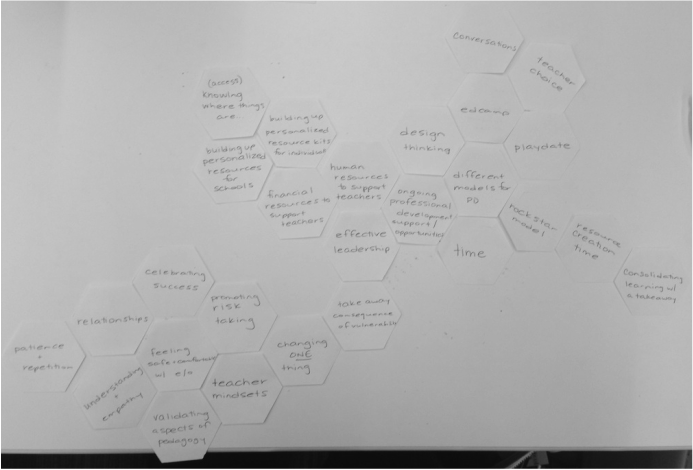 Hexagonal thinking - something I found extremely challenging and needed more time for.
Hexagonal thinking - something I found extremely challenging and needed more time for. The design thinking aspect of the event blew my mind. After a year of hearing about what design thinking is but never actually getting to go through the process, I finally had the chance. We were challenged to lay out out our educational frustrations, rank and order them, and identify an area with hexagonal thinking in which we could actually affect change or find a solution. Having time to think critically about these problems was very exciting, especially with so many thought leaders sitting right at your table who could help you through the process.
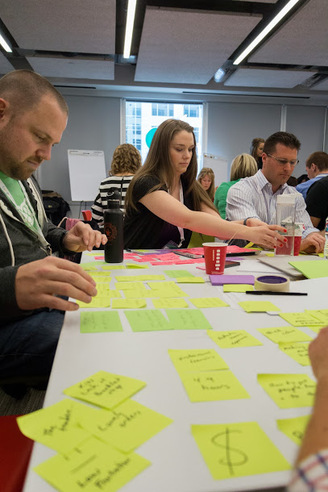 Design thinking - the beginning. Photo cred: Danny Silva
Design thinking - the beginning. Photo cred: Danny Silva Sessions
The sessions were based around advanced Google tools and tips from our lead learners. The lead learners were an incredible group who had a lot to offer. In fact, I attended some of their sessions at the aforementioned conferences, making some of the sessions a repeat of something I’d already done. But that right there is a personal problem. Every one of the sessions had good things to offer and got us exposed to each of the lead learners and their strengths. I could honestly listen to Chris Aviles talk all day about storytelling and data and I stole an amazing amount of presentation tips from Katie Christie and Amy Mayer.
The issue I had was that the sessions were a bit disconnected from the design thinking process that we had been going through. Because of my previous personal experiences with some of the session content, I wish that we’d had the choice of continuing with our design thinking or attending the sessions. The plus was that we got exposed to different lead learners and their strength areas.
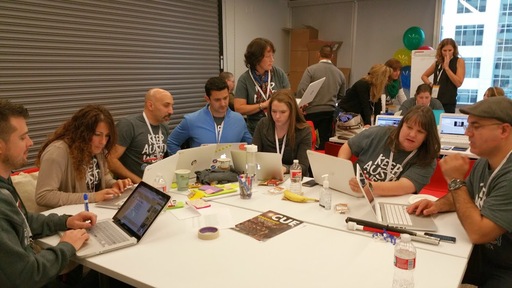 Some beautiful people from #TeamFancyFruit winning Amazing Race. Photo cred: Danny Silva
Some beautiful people from #TeamFancyFruit winning Amazing Race. Photo cred: Danny Silva The whole group activities were a vague area for me because I found some more worthwhile than others. We completed challenges that involved intense collaboration and communicate such as the Amazing Race Challenge (Holla, to the winners, #TeamFancyFruit!) or building the longest bridge made of masking tape with our team. These I find useful because they’re very quick and have an ultimate point.
Others I found to be longer and more drawn out, and sadly, contained answers that I could have Googled myself. Regardless of my opinion, I’m sure many found the whole group activities useful. I would have absolutely used more of that time to interact with smaller groups or individuals, though. But again, just me.
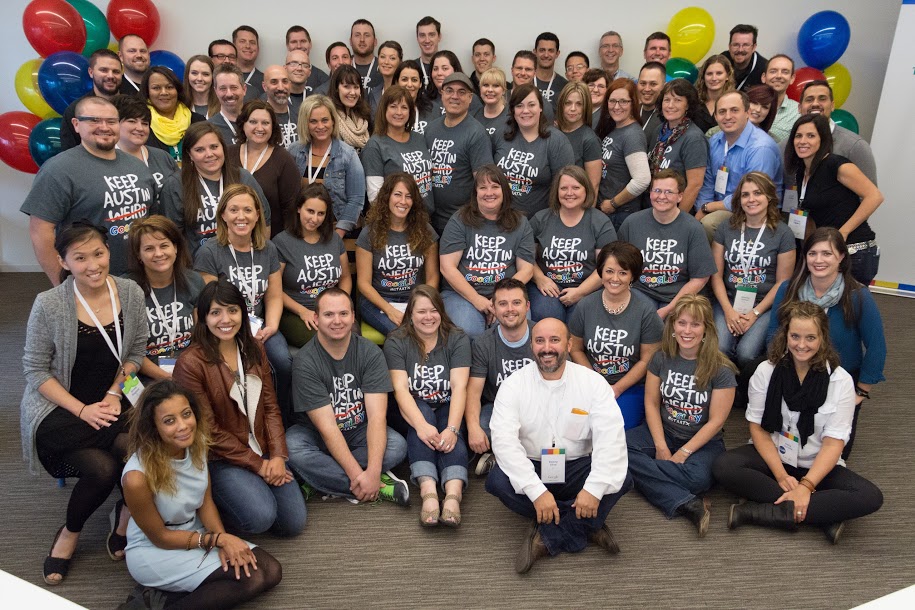 The entire #GTAATX cohort. Photo cred/Terrifying table balancing cred: Danny Silva
The entire #GTAATX cohort. Photo cred/Terrifying table balancing cred: Danny Silva In the End…
The Google Teacher Academy is more than just a badge. I’m coming out from it having consolidated some existing relationships and igniting some new ones. I got to spend a bulk of time discussing some big educational issues with Karl, John, Matt, & Rachel. I got to have a great late-night chat with several others from the cohort, among them Stephanie, Richard, Suzie, James, and Alicia. And most importantly, our cohort finally defined how GAFE is really pronounced (I’m looking at you, short “a” people). For all of you non-believers out there, it’s now called GAFÉ. You will never look at it the same ever again. And you’re welcome.
More seriously, the goals that I set for myself and the design thinking process were the most important aspect of this experience. I can honestly say that these goals are going to be difficult to reach while being enrolled in my Masters program, but as Chris McGee would tell me, I should just say YES. On that note, if someone asked me if I would ever go again, I would say YES!
Thanks to all who supported me in getting to GTA - you know who you are!



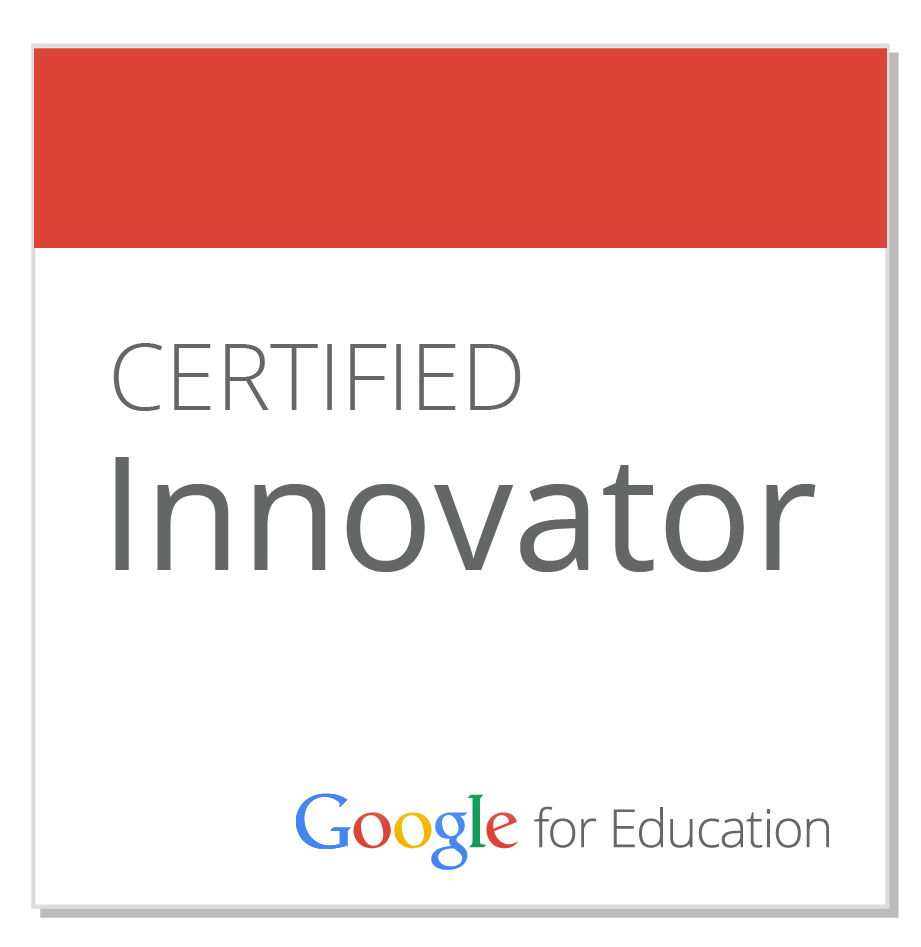
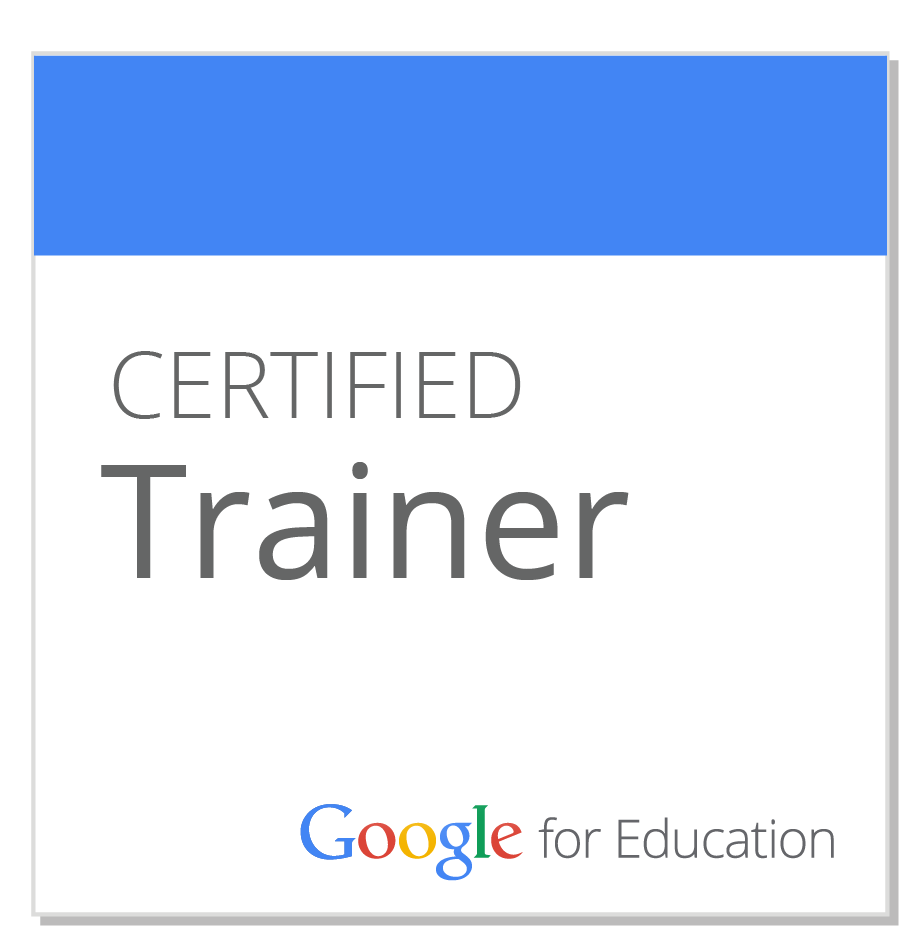
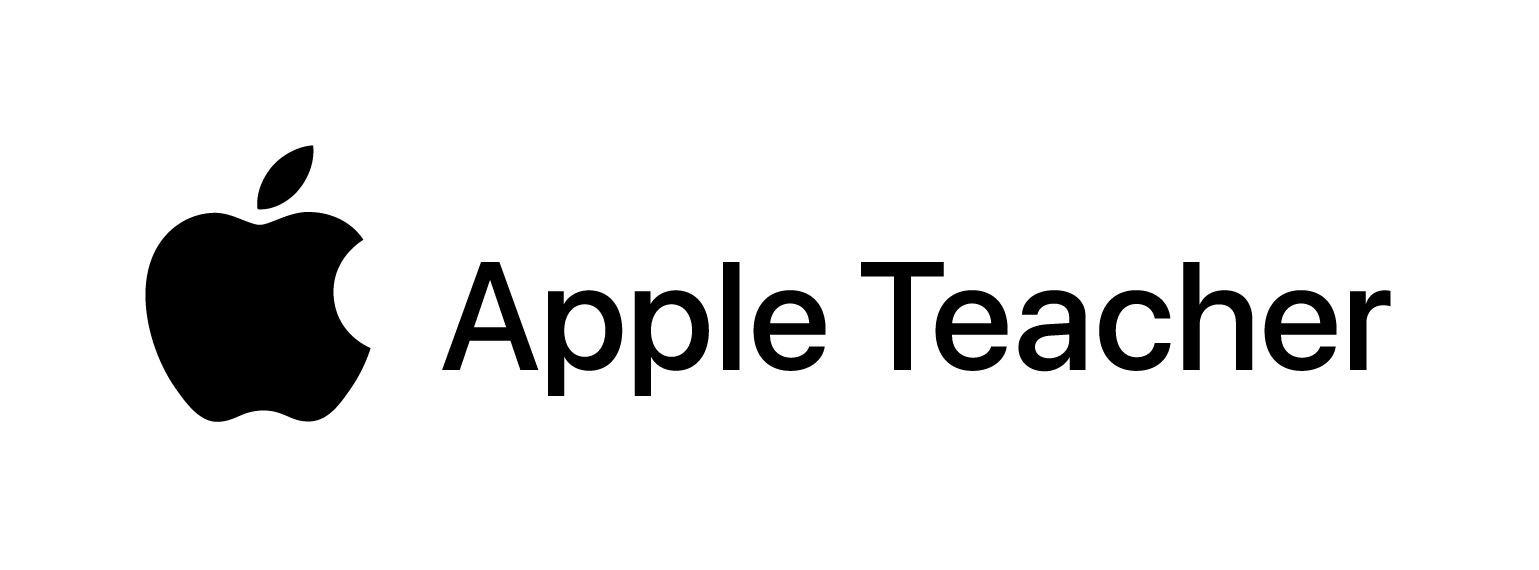
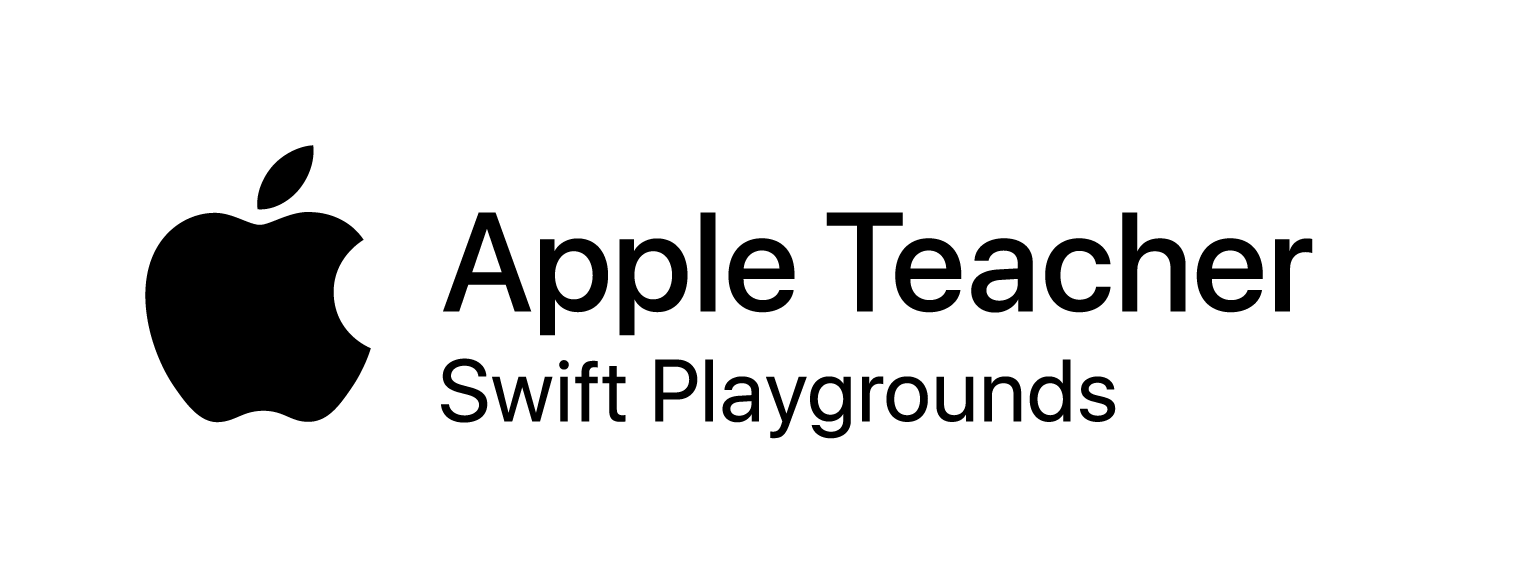
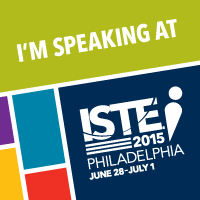
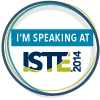
 RSS Feed
RSS Feed
